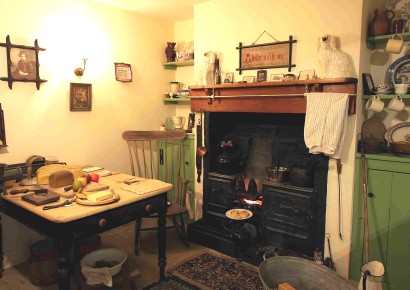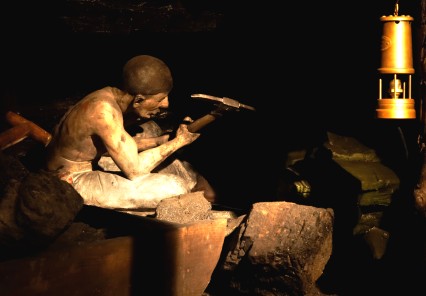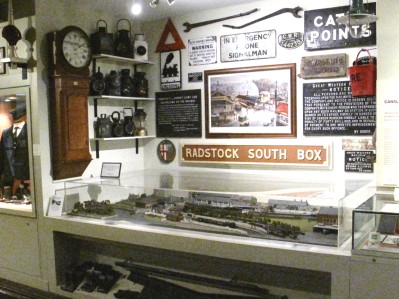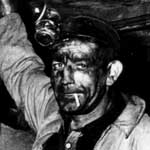Come and explore Somerset’s coalfield heritage
We invite you to step back in time and imagine what life would have been like in the Radstock area. Find out how society has changed since Victorian times. See how industry has shaped our area and how technology has developed and changed over time.
Visit our authentic recreations of a miner’s cottage, the village shop, the village school and the blacksmith’s.


Experience how it would feel to walk through a working coal seam. You will see for yourself how dangerous and difficult it was for men and boys to work in Somerset’s narrow coal seams, sometimes just two feet high.

See our scale model of Radstock’s two railway stations and find out about other industries in the area.


Find out about famous people who have a connection to our area:
- William (Strata) Smith – The Father of English Geology
- John Wesley – Theologian with an important role in founding Methodism
- Rev John Skinner – Vicar, archaeologist and diarist
- Rev Horatio Nelson-Ward – Rector and grandson of Admiral Lord Nelson
